The collection of 19th century stereo negatives of the Gap Girls of Dunloe in Kerry comprise a rare and unique body of work, writes Julian Campbell
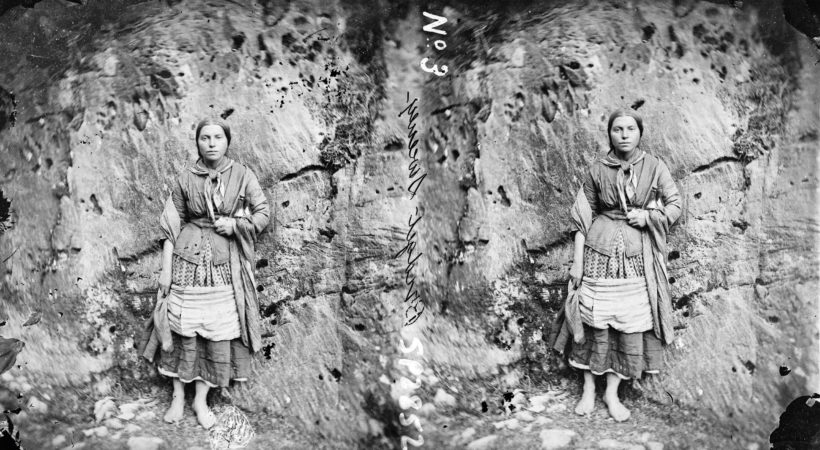
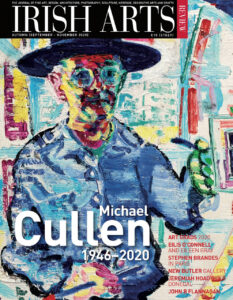
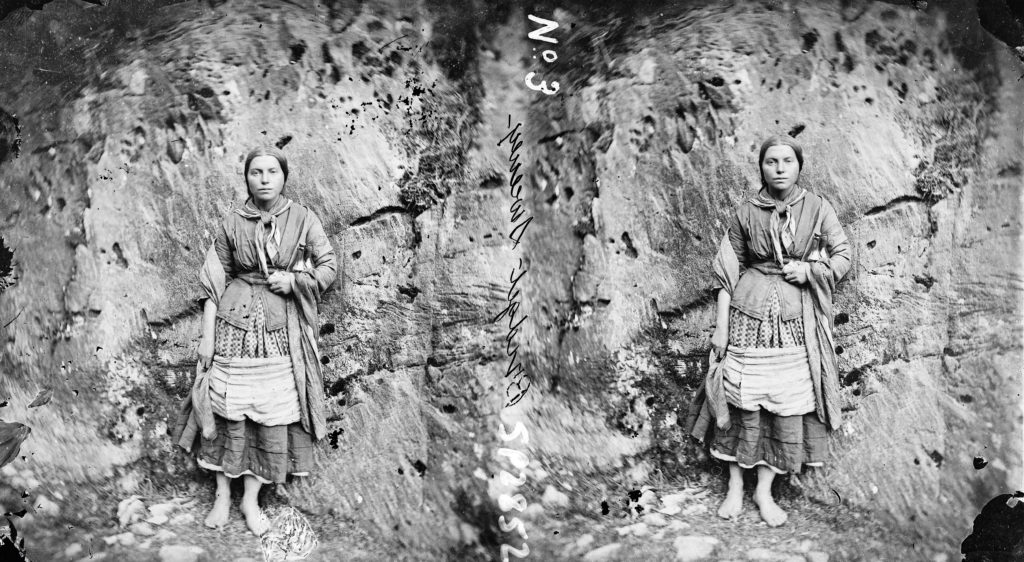 The collection of 19th century stereo negatives of the Gap Girls of Dunloe in Kerry comprise a rare and unique body of work, writes Julian Campbell
The collection of 19th century stereo negatives of the Gap Girls of Dunloe in Kerry comprise a rare and unique body of work, writes Julian Campbell
In the National Library of Ireland’s (NLI’s) photographic collection is a small group of stereo negatives featuring young, barefoot women in traditional costume. They are known as the Gap Girls, who sold liquid refreshment to tourists in the Gap of Dunloe, Co Kerry. They hold bottles in their arms and look directly at the viewer. Taken about twenty years after the Famine, the women are identified by name and shown with dignity. The images are notable for their realism and clarity. As a glimpse of West of Ireland life, they comprise a rare, perhaps unique body of work in Irish photography of the 19th century.
To read this article in full, subscribe or buy this edition of the Irish Arts Review
In the National Library of Ireland’s (NLI’s) photographic collection is a small group of stereo negatives featuring young, barefoot women in traditional costume. They are known as the Gap Girls, who sold liquid refreshment to tourists in the Gap of Dunloe, Co Kerry. They hold bottles in their arms and look directly at the viewer. Taken about twenty years after the Famine, the women are identified by name and shown with dignity. The images are notable for their realism and clarity. As a glimpse of West of Ireland life, they comprise a rare, perhaps unique body of work in Irish photography of the 19th century.
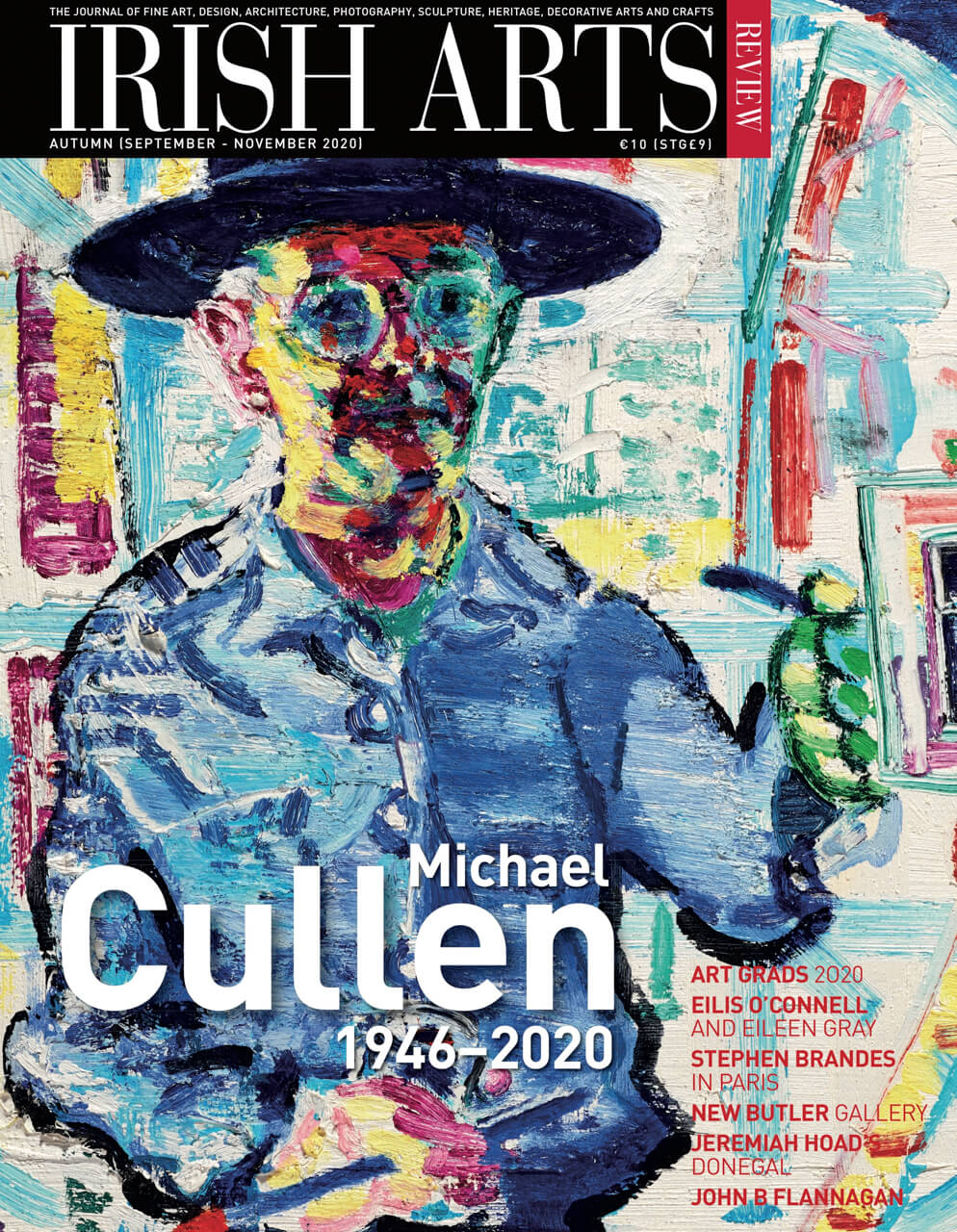

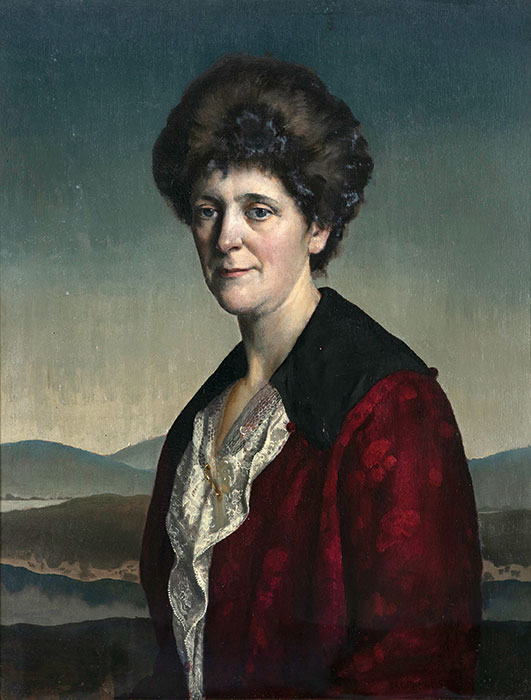
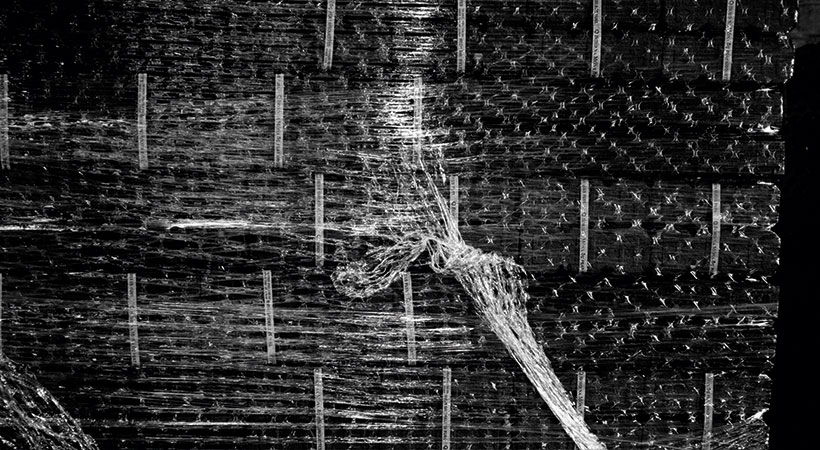
James Fraher’s black-and-white images of Derrinlough Briquette Factory document the manufacturing process, from gathering the turf to the distribution of the polished bales, writes Stephanie McBride